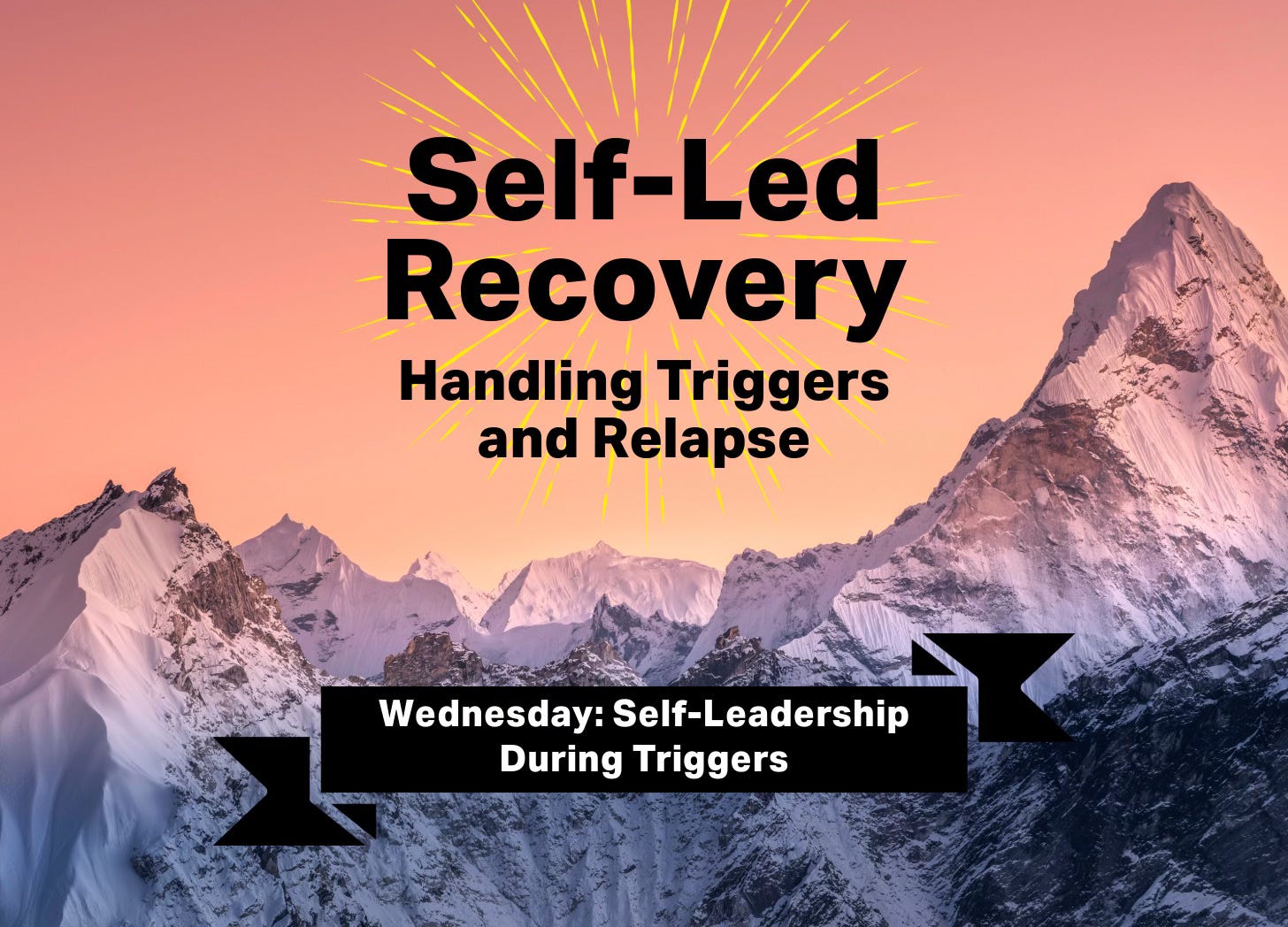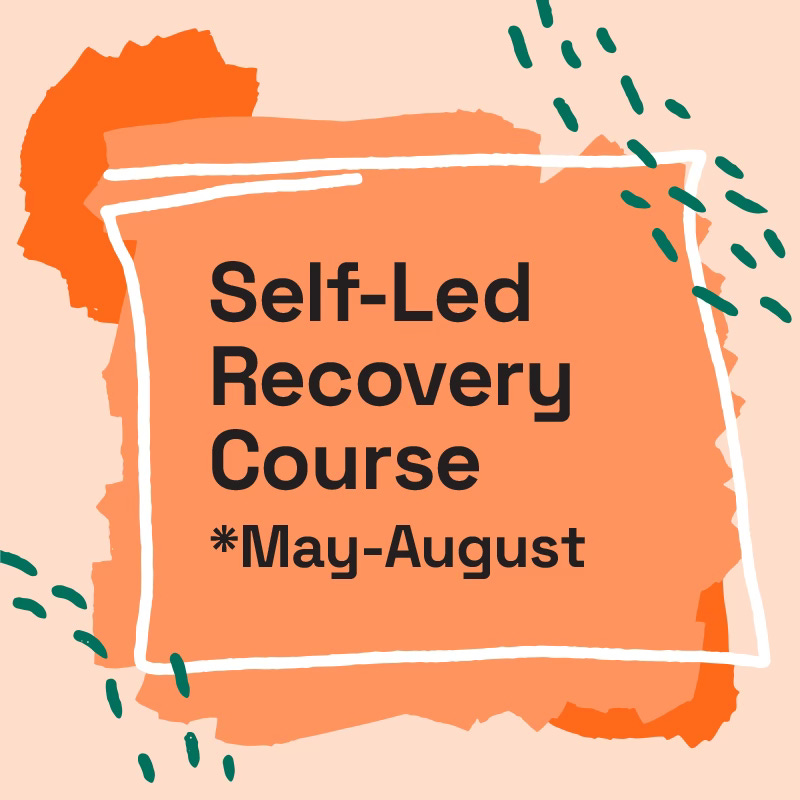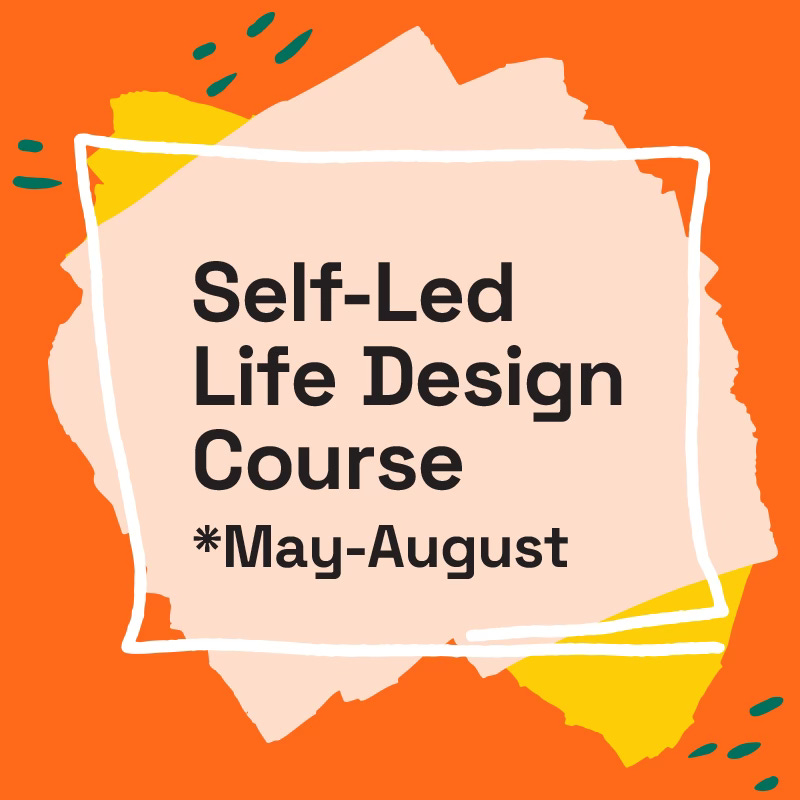On Monday, we reframed triggers as trailheads—invitations to turn inward with curiosity rather than fear. Today, we explore how to meet these moments with Self-leadership, using a tool you’ve seen throughout this series: the PAUSE Practice.
Triggers are intense. They happen fast. But if we can learn to pause—just for a breath—we create a moment of possibility. A moment where we can choose to respond from Self rather than react from a part.
“The ability to stay present with what is—especially during distress—is one of the strongest signs of healing.”— Deb Dana, Anchored
Why We React So Quickly
The nervous system is designed to protect us. When we’re triggered, our system doesn’t pause to ask, Is this threat real or emotional? It just responds.
A protector part might:
Lash out in anger
Shut down emotionally
Reach for food, a drink, a screen
Spin in shame or self-criticism
None of these are failures. They are strategies that once worked—often long ago. In Self-led recovery, we don’t try to erase them. We listen, build trust, and over time, shift the system toward healing.
The PAUSE Practice: A Tool for Triggered Moments
The PAUSE Practice offers a gentle structure for staying in Self—or returning to it—during activation. Here's how it works:
P — Presence
First, bring your awareness to this moment. Feel your feet on the floor, the weight of your body, the air in your lungs.
Ask: Am I here right now, or am I somewhere else in time?
A — Awareness
Name what’s happening inside.
Is there tightness? Rage? Numbness? A racing mind? A closed heart?
Ask: What part of me is most activated right now?
U — U-Turn
Rather than focusing outward—on what someone else did—turn your attention inward.
Ask: What does this part believe is happening? What is it protecting?
S — Self-Compassion
Bring compassion to the part, not critique. It’s not bad. It’s trying to help—maybe in outdated ways.
Try saying: I see you. I get why you're here. You don’t have to handle this alone.
E — Engage Gently
Now that the part feels seen, you can stay with it—without merging. Ask what it needs. Let it know you’re here.
Ask: What would help you feel safe right now?
When It Works—and When It Doesn’t (Yet)
Some parts aren’t ready to unblend right away. That’s okay. If a protector is still leading, your job isn’t to force it aside—it’s to stay with it. Stay present. Stay curious.
“Regulation doesn’t mean feeling good—it means staying with yourself in the midst of whatever is happening.”— Deb Dana, Anchored
Reflection Prompt
Think of a recent moment you were triggered. What protector part took over?
What might have shifted if you had used the PAUSE Practice in that moment?
Is there a part that could use this kind of presence from you today?
What’s Next?
Friday: Building Resilience to Triggers
We’ll create a personal Trigger Response Plan, so you can bring Self-energy into the moments when it matters most—and begin building trust in your ability to return to center.
Have you tried using the PAUSE Practice during a trigger? What part of it helps you most? Let us know in the comments.






